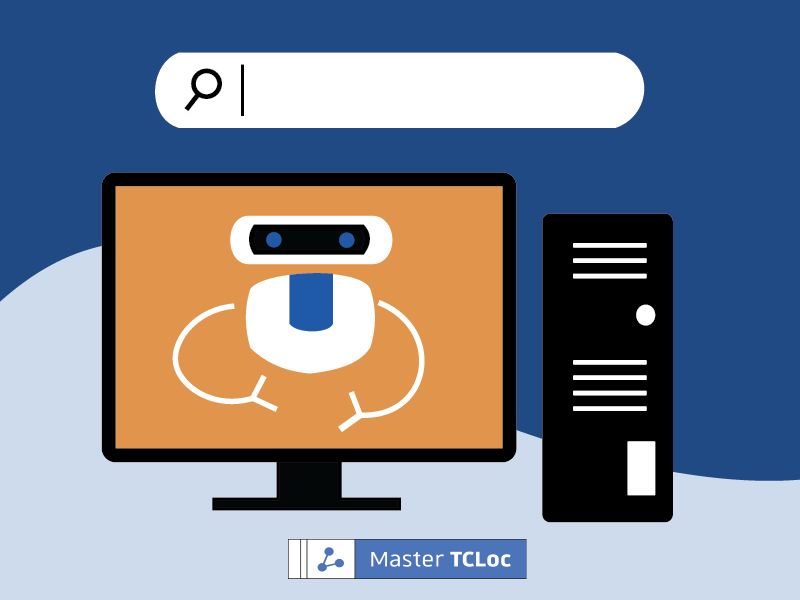You might wonder, how do UX and SEO work together? Business-wise, it is important to have a website that ranks on Google. It is one of the first steps to take to get some website traffic.
After someone ends up on your page, the next step is to keep the user there. In fact, appealing, engaging pages will result in more website traffic. Given that, let us discover the link between UX and SEO.
Table of Contents
- What is SEO?
- What is UX?
- Why do UX and SEO matter?
- Final thoughts on UX and SEO within an online business
What is SEO?
First, search engine optimization (SEO) is necessary for finding your business online. Applying SEO best practices will help search engines understand your content.
SEO in a nutshell
Visibility
Improve the visibility of your website on search engines. In addition, you should also adapt it to your social media networks as well.
The quality
The user and the search engine prefer valuable information. Review the quality by using Analytics software to identify how popular a page is.
Best practices for SEO
Does your search engine optimization fit these questions?
- Did you determine clear keywords that describe your product(s)?
- Are your keywords included in the title tag?
- Does your page URL contain your keyword or key phrase?
- Do your image ALT tags or file names contain your keywords?
- Is there a strong use of key words in your content?
- Is your content structured with headings, lists, etc.?
Last but not least, feel free to watch the video if you want a quick UX introduction. Additionally, if you want to check out even more UX articles, I kindly invite you to visit our blog.
What is UX?
User experience (UX) refers to a user’s perspective, thoughts, and feelings when using a product. For this reason, applying a good UX is key for your business product. It helps users find what they are looking for faster.
UX in a nutshell
Engagement
Consider a user’s engagement with your digital product. It brings a visitor´s interests, motivations, and goals within your product under one roof. Part of good engagement is exploring, sharing, and leaving comments on your website.
Objectives
In particular, setting up clear objectives is part of good research and analysis of the product. Applying the right priorities to features and future processes is key. Besides that, testing ensures reliability.
Best practices for UX
Does your user experience fit these questions?
- Why will the user use this product?
- What functionality does the product provide?
- How will the consumer use the product?
- Who is the target audience?
- Is the navigation easy, clear, and accessible?
- Does the entire product look good, consistent, and make a positive first impression?
- Is the content valuable and desirable?
Last but not least, feel free to watch the video if you want a quick introduction to UX. Additionally, if you want to check out even more UX articles, I kindly invite you to visit our blog.
Why do UX and SEO matter?
Common goals of UX and SEO
Both have one main goal in common, which is making the user happy. At first, the goal of SEO is to bring users to your website and to give them the information they are searching for.
Along with SEO, UX tries to make the whole product enjoyable. Furthermore, improving the UX design helps on maximize the user experience even more.
Specifications and intersections of UX and SEO
| UX specific | In common/intersections | SEO specific |
| Clear information structure | Appealing page title | Optimizing content for search engines |
| Call-to-action buttons | Use of appropriate headings | Link building |
| Fast loading speed | ||
| Well-designed navigation |
How does UX affect your business?
Understanding the feedback
Understanding the user’s feedback belongs to critical thinking. Good or bad, knowing why will help you to take proper action.
Flexible infrastructure
An extensible product allows for adding new features or functionality with ease. With this intention, it is easier to keep the user motivated along with your business model.
Testing
Above all, use the product on a daily basis and set up tools to identify where a user is struggling. Testing is necessary to meet the needs of your audience.
Design
Consistent design throughout your digital product gives a comfortable experience.
How does SEO affect your business?
More visitors
Apart from having great content, it’s important to stand out. This will bring more and more visitors over time. Besides, it will help bring more targeted traffic to your website and new customers.
User-friendliness
A well-structured website increases the visitor’s time on the website. At the same time, a search engine prefers to show quality websites first in the search results.
Faster loading
Indeed, optimized SEO websites load faster. They are easier to read and navigate, no matter what device you use. Such an experience holds the attention of your visitors. It leads to more subscribers, customers, and returning visitors.
Brand awareness
Without a doubt, people have more trust in websites that appear on the first page of search engine results. Thus, it is important even as a small business to invest a lot in SEO to rank high.
Final thoughts on UX and SEO within an online business
In summary, providing a great digital experience makes your business grow in the long run. Applying the best practices of UX and SEO will be an asset to your user’s satisfaction.
If you enjoyed this guide, feel free to comment and share it. Last but not least, consider taking a look at the TCLoc Master and apply to join us.



